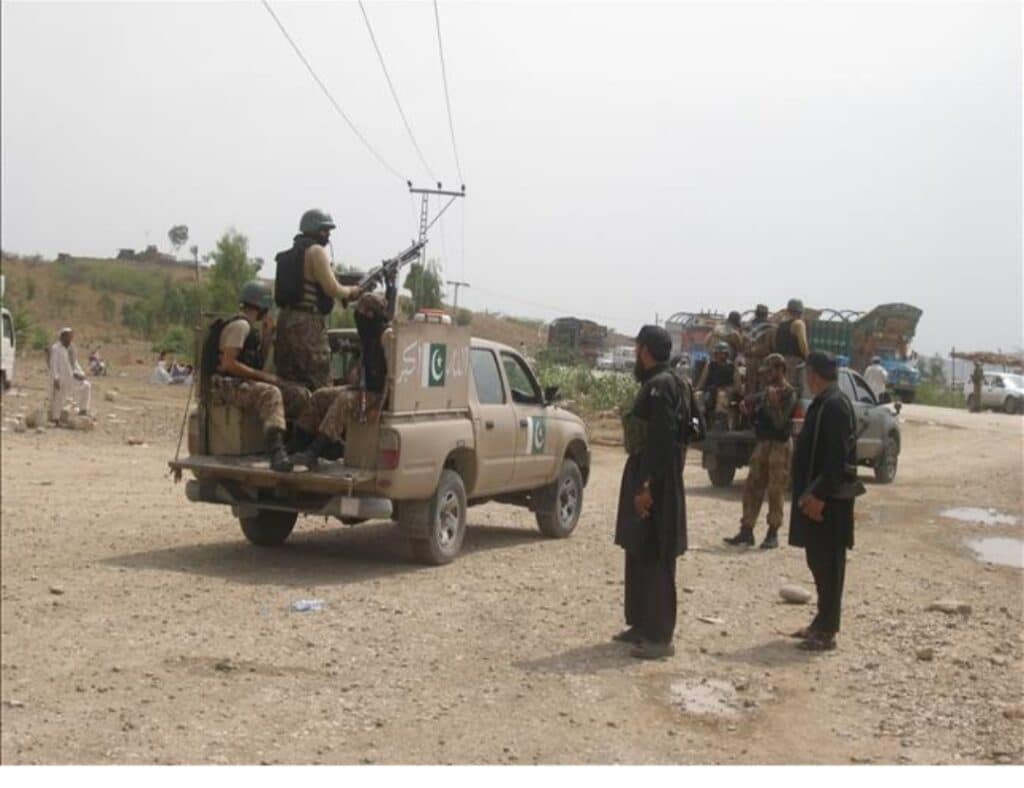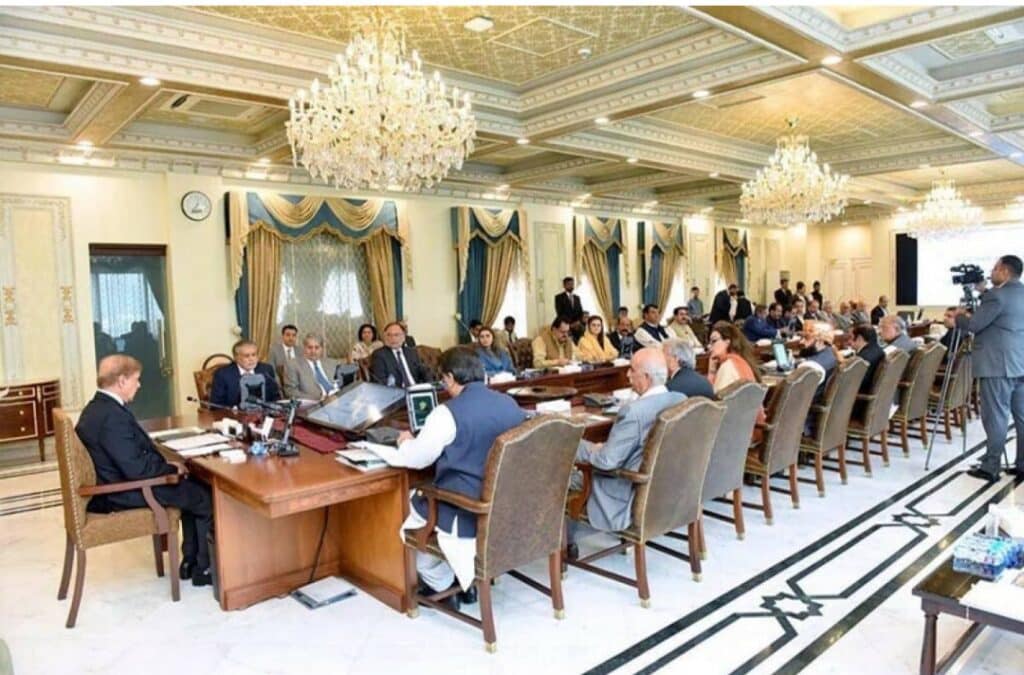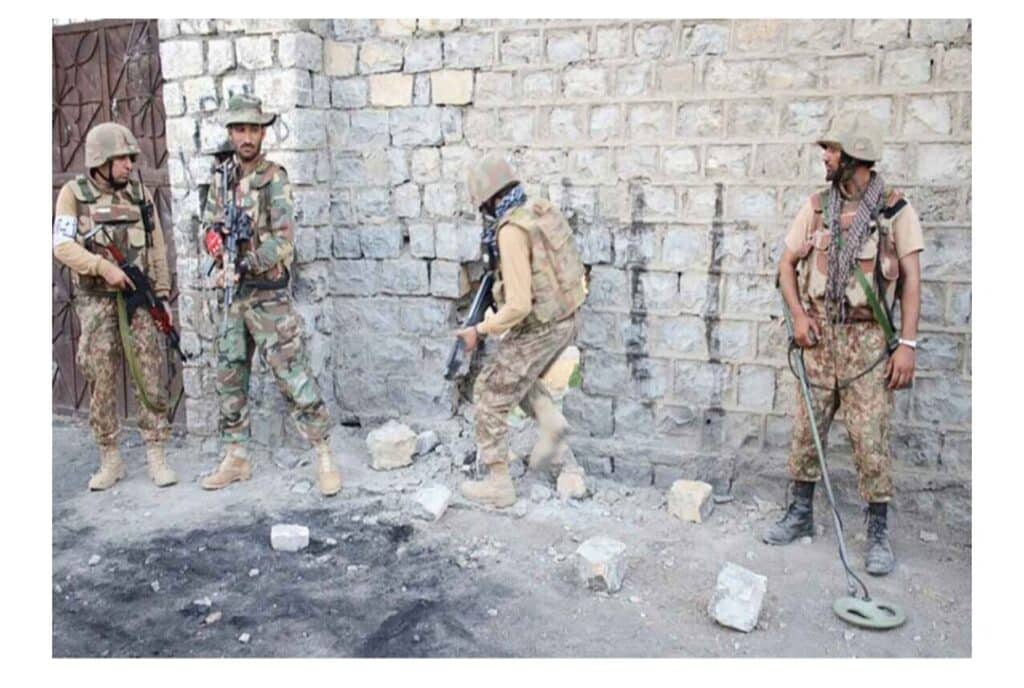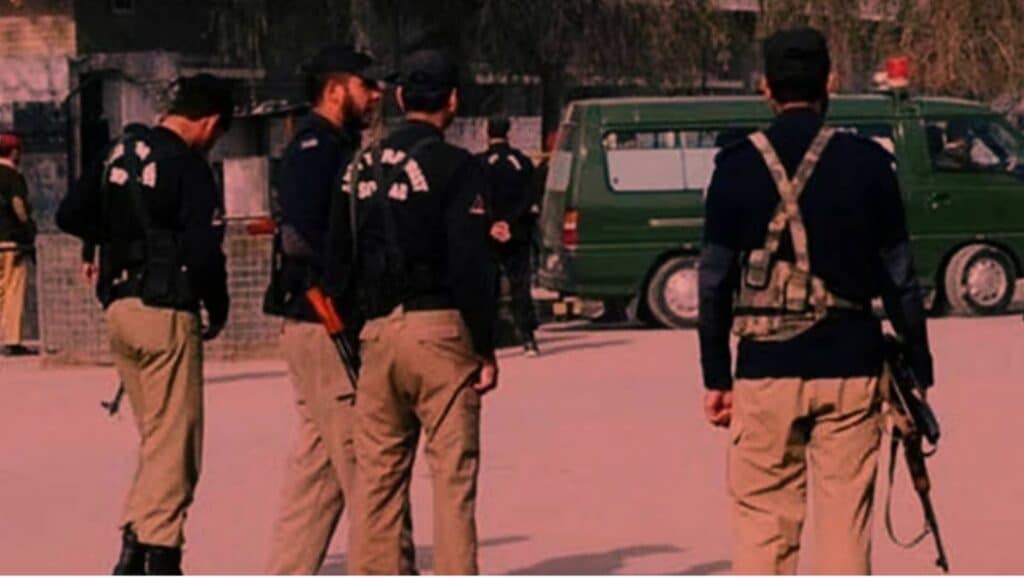A major revelation has emerged about India’s intelligence agency, Research and Analysis Wing (RAW), and its role in orchestrating a false flag operation at Pahalgam. Crucial documents have been leaked through the social media application Telegram, shedding light on the Indian government’s direct involvement in the attack. According to reports, the documents outline detailed plans for the operation, which was designed to shift the blame to Pakistan, falsely implicating the Inter-Services Intelligence (ISI) after 36 hours.
The leaked documents highlight discrepancies in the implementation of the operation’s instructions, which led to the false flag. The original directive aimed to propagate an anti-Pakistan narrative across media platforms 36 hours after the attack, with ISI being falsely accused at that time. However, the immediate media coverage after the attack failed to follow the set timeline, compromising the operation’s planned outcome.
Sources claim that the leak, especially on social media, appears to stem from internal opposition within RAW to the Hindutva agenda. The Indian government is investigating the source of the leak, which has exposed alarming details. The leaked RAW document, titled “Psy Ops and Narrative Control,” contains clear instructions for shaping the media narrative in a way that would frame the attack as a blow against non-Muslim communities, further fueling the agenda of Hindutva.
The document also mentions the deployment of field operatives around key tourist spots in Anantnag, under the guise of monitoring tourist activity. It further states that within hours of the attack, AI systems would gather witness statements, and blurry videos would be used to recreate the attack’s visuals to fit the narrative.
In an effort to control the flow of information, RAW planned to manipulate over 200 social media accounts to spread misinformation. The intention was to associate ISI with the attack, thus diverting attention from Kashmir and stirring up claims of a global Islamic conspiracy. Additionally, RAW intended to link northern command letters found near the attack site to ISI and even leak fabricated documents to support this narrative.
The documents also reveal that the operation was timed with the diplomatic presence of US Vice President JD Vance, with India planning to appeal for international solidarity in counterterrorism. Furthermore, alternative plans were in place in case of a leak, with a backup operation in Shopeyan activated.
On the military front, the leaked document also indicated concerns over Pakistan’s advancing positions along the Line of Control (LoC), cautioning against violations that could provoke UN or Chinese mediation. The document stresses keeping India’s military advances within 1.2 kilometers of the LoC to avoid international intervention.
The leaked document suggests that RAW had prepared a set of coordinated actions, including the mobilization of BLA and BNA cells in Quetta and Swat, to exploit the situation further. Additionally, it was instructed that Hindu casualties be restricted to non-state media platforms to avoid negative publicity.
Experts in defense have confirmed that the Pahalgam attack was a premeditated false flag operation, carried out by RAW with the aim of inciting further violence against Kashmiris and furthering India’s political goals. The involvement of innocent civilians in such operations to achieve political ends is a tactic commonly used by the Modi government.
This revelation follows the April 22 attack in Pahalgam, where local tourists were targeted, prompting India to make baseless allegations against Pakistan and escalate tensions. Following the attack, India threatened to suspend the Indus Water Treaty and expelled Pakistan’s diplomatic staff. Moreover, India’s aggressive stance towards Pakistan included the cancellation of visas for Pakistani nationals.
In response, Pakistan’s National Security Committee (NSC) has outlined a strategic diplomatic response, limiting India’s diplomatic staff to 30 members. The NSC has also reiterated that water is Pakistan’s lifeline, and any disruption to the water flow will be considered an act of war.
The escalating tensions between the two nuclear powers have raised global concerns, with calls for de-escalation from the United Nations and the US Secretary of State. However, India’s refusal to engage in peace efforts has only exacerbated the situation.





